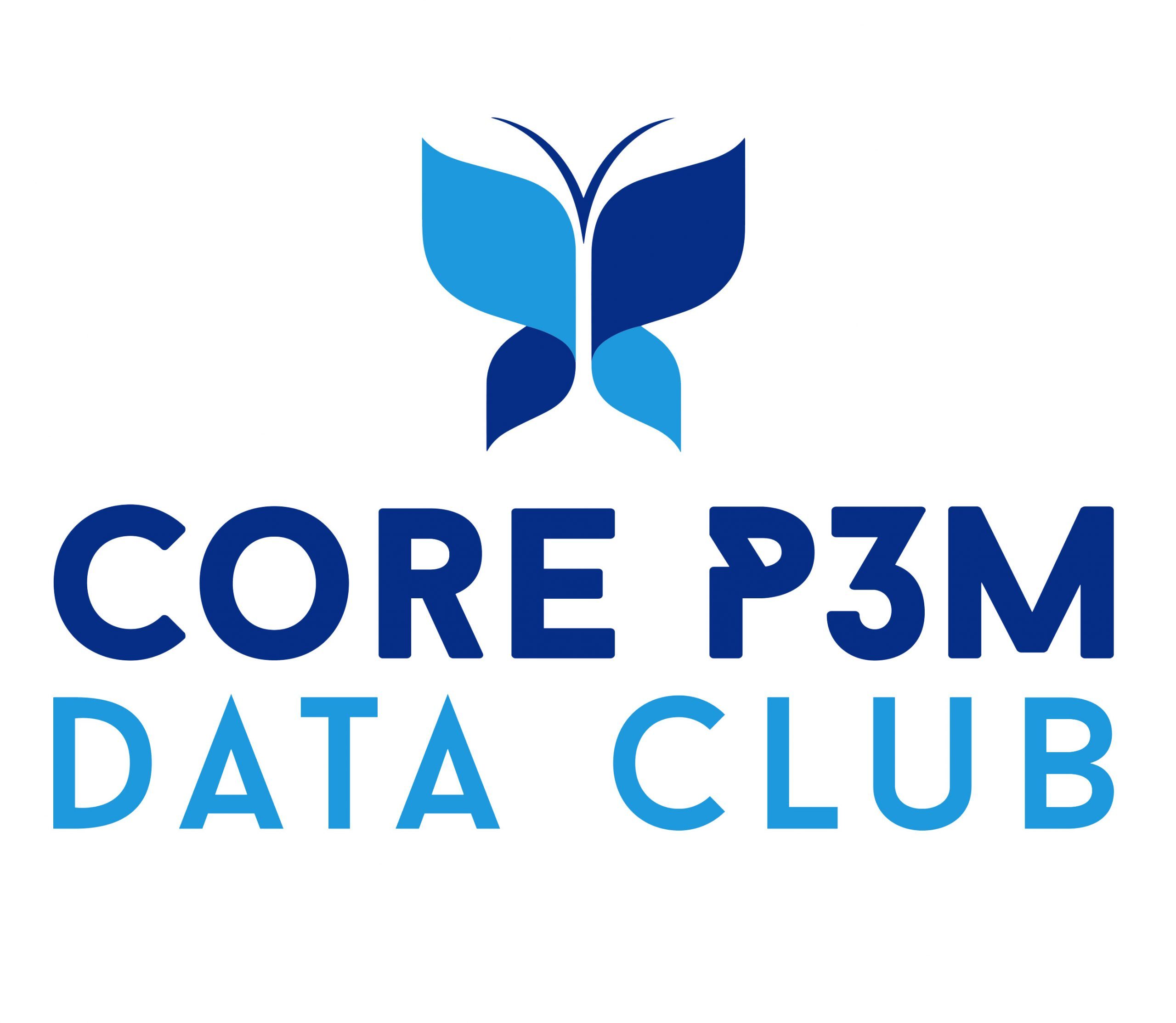Overview
The purpose of the BIG model is to provide a governance approach that facilitates the successful achievement of strategic responses (Objectives, Targets Challenges – OTCs) to business stimuli (Opportunities, Threats, Imperatives, Goals – OTIGs) in the context of current state, subject to constraints. In order to do that, it comprises five levels.
Organisation Structure: The top level of the model deals with the organisation structure, which forms the foundation for governance. A clear organisation structure is needed to enable the mapping of OTCs to accountable points within the organisation. The lack of a clear structure and defined accountabilities reduces the possibility of truly integrated governance.
Governance: There are many elements to governance and a good governance framework describes how and where decisions are made and by whom.
This level of the model provides a map of how the components in the framework can be inter-related – a picture that needs adapting for each organisation.
Accountability: Within the BIG model, decision points are referred to as Governance Nodes and several sample nodes are described at this level. It focuses on portfolios, programmes and projects but it is impossible to operate P3M governance without collaboration with BAU Governance Nodes, so these are also described but from the P3M perspective.
Information: Being accountable requires appropriate and meaningful management information derived from accurate data. Instead of stipulating tools, the model focuses on information needs within all Governance Nodes and promotes data sharing rather than complex systems integrations.
Data: The core data model contains definitions, has an example data structure and a technology example showing typical data and MI. This section also offers useful discussion of what is involved in providing a common container for housing data. A further section on Adoption is provided to outline the process to realise benefits from the BIG Model
Overall, the model provides a framework that clarifies organisational context and governance components. It recommends leveraging existing methods and IT investments wherever possible and promotes an approach to change that is ‘outcome focused’. Instead of having a system of locally defined tools that push up what they can – it provides an integrated ecosystem that pulls up what is needed.
The Club material for Model Overview is shared with the Praxis Framework here:
